- Doctors & Departments
-
Conditions & Advice
- Overview
- Conditions and Symptoms
- Symptom Checker
- Parent Resources
- The Connection Journey
- Calm A Crying Baby
- Sports Articles
- Dosage Tables
- Baby Guide
-
Your Visit
- Overview
- Prepare for Your Visit
- Your Overnight Stay
- Send a Cheer Card
- Family and Patient Resources
- Patient Cost Estimate
- Insurance and Financial Resources
- Online Bill Pay
- Medical Records
- Policies and Procedures
- We Ask Because We Care
Click to find the locations nearest youFind locations by region
See all locations -
Community
- Overview
- Addressing the Youth Mental Health Crisis
- Calendar of Events
- Child Health Advocacy
- Community Health
- Community Partners
- Corporate Relations
- Global Health
- Patient Advocacy
- Patient Stories
- Pediatric Affiliations
- Support Children’s Colorado
- Specialty Outreach Clinics
Your Support Matters
Upcoming Events
Colorado Hospitals Substance Exposed Newborn Quality Improvement Collaborative CHoSEN Conference (Hybrid)
Monday, April 29, 2024The CHoSEN Collaborative is an effort to increase consistency in...
-
Research & Innovation
- Overview
- Pediatric Clinical Trials
- Q: Pediatric Health Advances
- Discoveries and Milestones
- Training and Internships
- Academic Affiliation
- Investigator Resources
- Funding Opportunities
- Center For Innovation
- Support Our Research
- Research Areas

It starts with a Q:
For the latest cutting-edge research, innovative collaborations and remarkable discoveries in child health, read stories from across all our areas of study in Q: Advances and Answers in Pediatric Health.


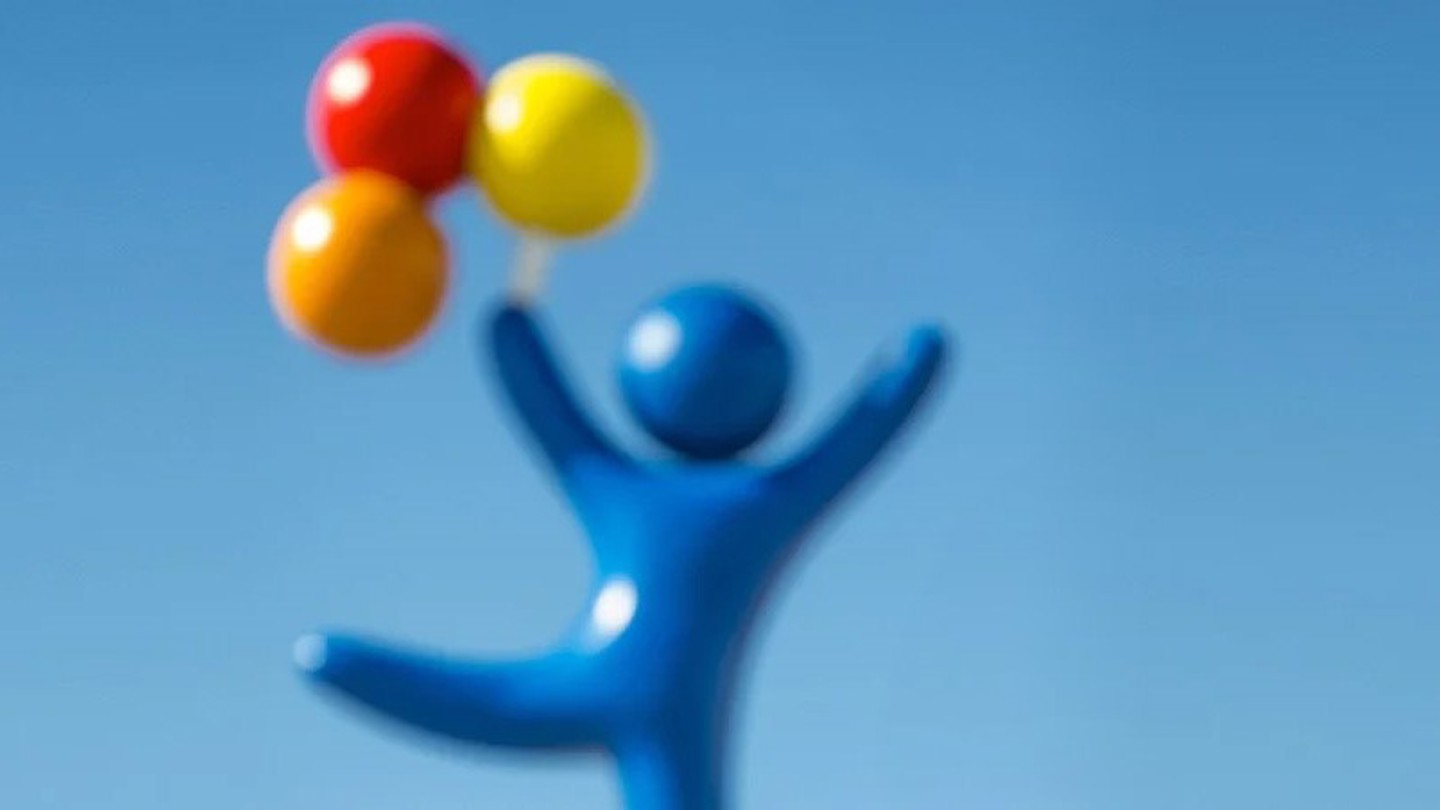
About our Hand Therapy Program
The pediatric Hand Therapy Program at Children’s Hospital Colorado evaluates and treats injuries and conditions of the upper extremity (shoulder, elbow, forearm, wrist and hand) in children and young adults from birth to 21 years of age.
Our pediatric hand therapists use their knowledge and experience of anatomy, neuro-anatomy, biomechanics and child development to provide age-appropriate evaluations and therapeutic interventions to help return your child or young adult to the highest level of function and occupational performance.
Pediatric Hand Therapy Fellowship for Occupational Therapists
Occupational hand therapy fellows work with our pediatric hand therapists to provide high-quality care to kids with upper extremity issues. Learn more about our pediatric hand therapy fellowship for occupational therapists.
Why choose Children’s Hospital Colorado for hand therapy?
- We currently have four certified hand therapists and five occupational therapists specializing in hand therapy. Our team provides high-quality upper extremity rehabilitative care across our network of care locations including Aurora, Broomfield, Colorado Springs, and Highlands Ranch.
- Hand therapists are licensed/ registered occupational or physical therapists who, through advanced study and experience, specialize in treating individuals with conditions affecting the hands and upper extremity. To obtain the Certified Hand Therapist (CHT) credential, a hand therapist must practice as an occupational therapist (OT) or physical therapist (PT) for a minimum of five years, accumulating at least 4,000 hours of hand and upper extremity experience. Hand therapists must also pass a rigorous certification examination to demonstrate their competency in the practice of hand therapy.
- Hand therapists work in conjunction with our hand and orthopedic surgeons, physicians and nurses to provide the highest quality of upper extremity care for our patients.
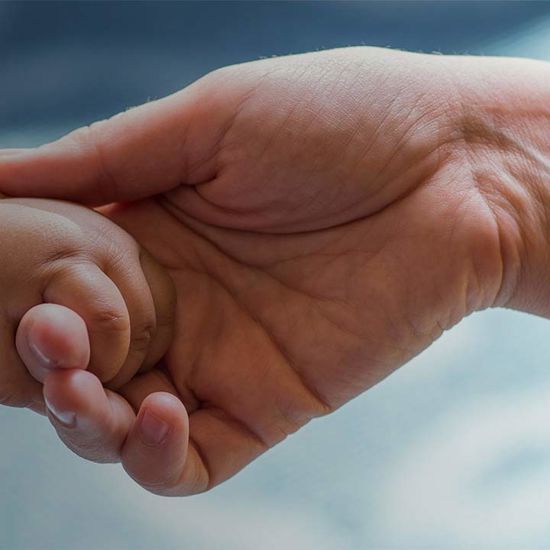
Healing Leela’s Arthrogryposis with Hand Therapy
“The amounts of care, knowledge and expertise at Children’s Colorado – as well as the human quality interactions – have been amazing.” Jen, Leela's Mom
Specific conditions treated
- Adhesions or tightness (e.g., musculotendinous, capsular)
- Amputations
- Arthritis and rheumatic diseases
- Juvenile idiopathic arthritis (JIA)
- Burn injuries
- Congenital anomalies
- Arthrogryposis
- Limb discrepancies
- Amputations
- Radial deficiencies (ex: radial dysplasia)
- Ulnar deficiencies
- Failure of differentiation of parts
- Duplications
- Overgrowth
- Macrodactyly
- Undergrowth
- Brachydactyly
- Symbrachydactyly
- Finger/thumb hypoplasia
- Congenital constriction band syndrome
- Generalized skeletal abnormalities
- Trigger finger/thumb
- Crush injuries/mutilating trauma
- Cumulative trauma disorders
- Cysts and tumors
- Developmental disabilities
- Dislocations and subluxations
- Edema
- Fractures
- Infections
- Ligamentous injury and instability
- Muscular strains, tears, and avulsions
- Nerve injuries and conditions
- Central nervous conditions
- Traumatic brain injury (TBI)
- Cerebral palsy (CP)
- Hemiplegia
- Quadriplegia
- Stroke, cerebrovascular accident (CVA)
- Hemispherectomy
- Spinal cord injury (SCI)
- Peripheral nerve conditions
- Brachial plexus (BP)
- Congenital
- BP neuritis
- Neural tension
- Nerve lacerations
- Compression neuropathies
- Carpal tunnel
- Cubital tunnel
- Thoracic outlet syndrome (TOS)
- Neuromuscular diseases
- Muscular dystrophy (MD)
- Guillain Barre syndrome (GBS)
- Transverse myelitis (TM)
- Oncological/orthopedic
- Osteogenesis imperfecta (OI)
- Pain (e.g., complex regional pain syndrome, fibromyalgia)
- Chronic
- Acute
- Neuropathic
- Replantation and revascularization
- Tendon injuries and conditions
- Lacerations
- Mallet finger
- Tendonitis
- Ruptures
- Thermal and electrical injuries
- Vascular disorders
- Wounds and scars
Services offered
At Children’s Colorado, we provide many different kinds of therapy, such as:
- Activity analysis: therapeutic process of breaking down an activity into steps to determine ways to make a person more independent or successful in completing the activity
- Adaptive and assistive devices: adapting or changing the way an activity is performed for success. This may involve the use of assistive devices to increase independence.
- Compression therapy: therapeutic techniques used to assist with edema (swelling), circulation and scar management
- Desensitization: therapeutic techniques used to make the skin or body part less sensitive to touch or sensory input
- Edema management: therapeutic techniques used to treat swelling in a body part
- Ergonomic and activity modification in home, work, school, or leisure: adapting or changing the way an activity is performed for success in the home, work, school or leisure. This may include adaptive or assistive devices.
- Functional activity: therapeutic use of self-care, play, leisure, school or work activities to increase independence and participation
- Handwriting techniques: therapeutic process of assessing and treating handwriting readiness and handwriting skills
- Joint protection instruction/energy conservation: strategies to protect joints and manage energy during daily activities to support participation
- Manual therapy: therapeutic techniques used to treat limitations in range of motion, strength, and functional use
- Mirror therapy: therapeutic technique using a mirror to improve motor coordination after an injury
- Neural mobilization techniques: moving and gliding nerves through the extremities to decrease pain and nerve symptoms
- Orthotic and casting design, selection, fitting, fabrication and training: therapeutic process of assessing, fabricating, and educating on the use of orthoses and casts for upper extremity injuries and functions
- Patient education and training: educating a patient or family member on what is happening during a therapy visit and how to complete home programs
- Prosthetics: artificial device that replaces a missing body part, which may be lost through trauma, disease or congenital conditions
- Scar management: therapeutic techniques used to increase mobility and health of a scar
- Sensory re-education: therapeutic techniques used to improve sensation of an extremity following an injury to a nerve
- Taping techniques: therapeutic techniques used to provide stability at a joint, to provide facilitation or inhibition of a muscle, to increase circulation and increase scar mobility
- Therapeutic exercise: therapeutic techniques used to treat limitations in range of motion, strength and functional use
- Therapeutic modalities: therapeutic use of physical agents such as thermal (hot/cold), electrical, sound, light and mechanical to treat pain, swelling, circulation and muscle activation after an injury
- Tone management techniques: non-surgical therapeutic techniques to manage muscle tone and facilitate improved functional and participation
- Wellness education: educating patients and families on ways to take care of their body after injury and for injury prevention in the future
- Wound care: therapeutic techniques used to assess and care for a wound following an injury
Get to know our pediatric experts.
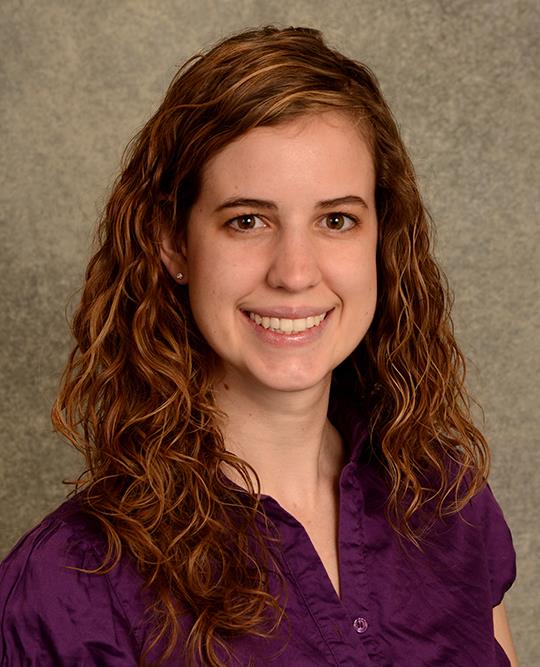
Cailin Delaney, PA-C
Physician Assistant
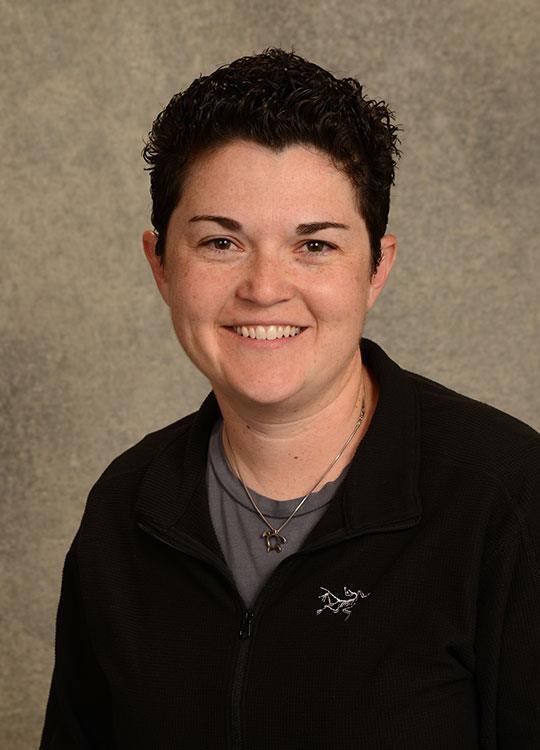
Jennifer Nance, PPCNP-BC
Certified Pediatric Nurse Practitioner

Sarah Sibbel, MD
Orthopaedic Surgery, Hand Surgery
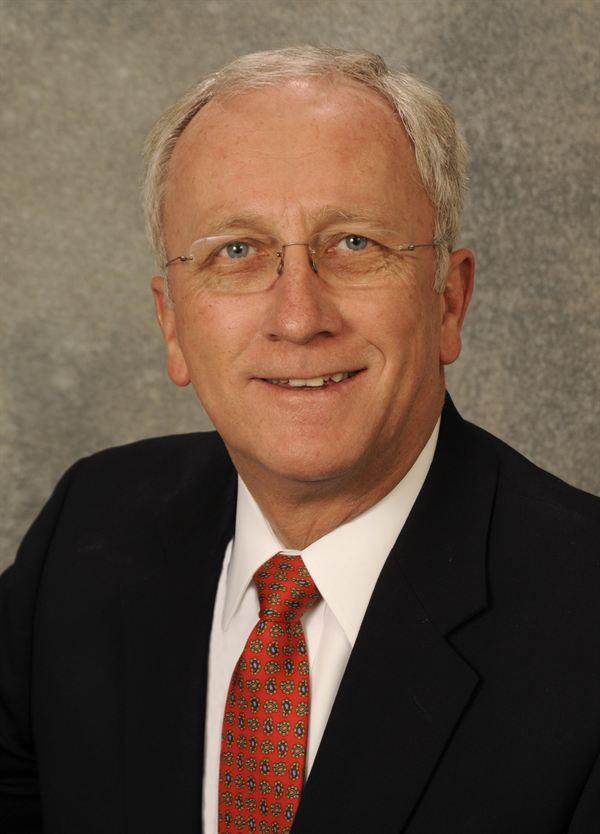
Frank Scott, MD
Hand Surgery



 720-777-0123
720-777-0123



